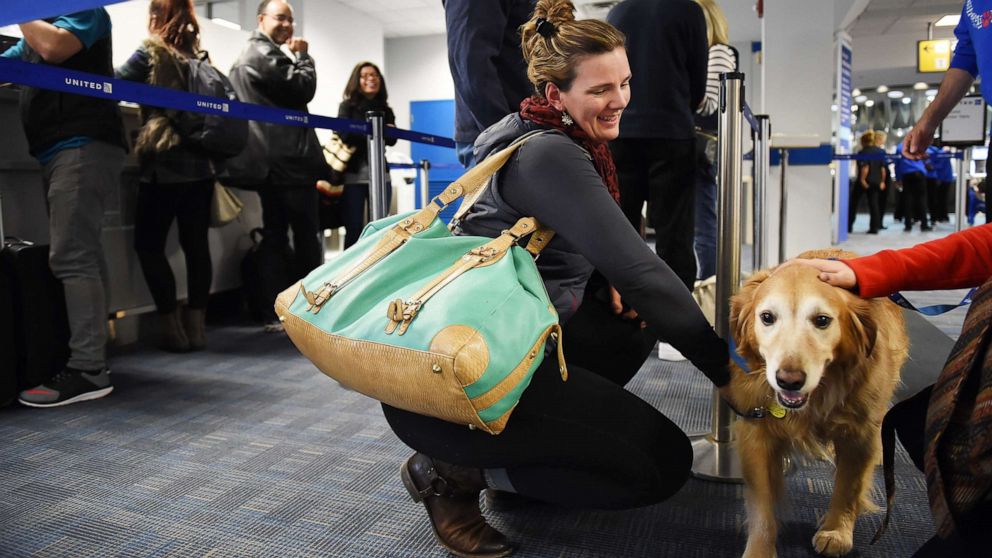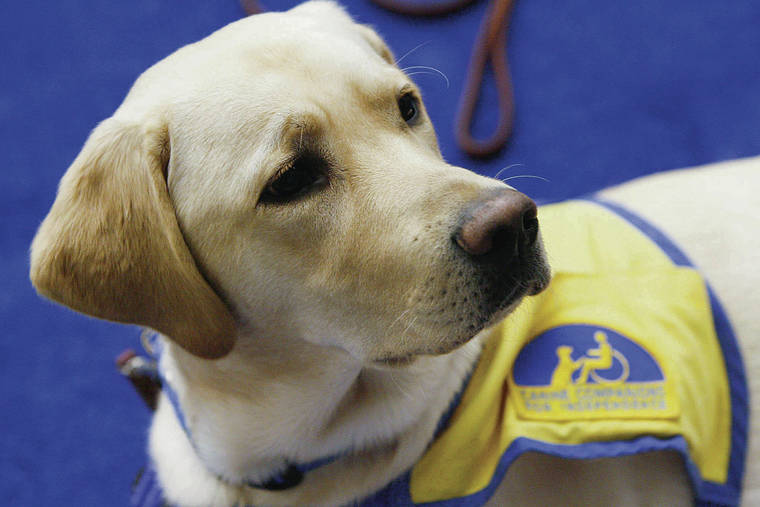
Almost any animal can function as an Emotional Support Animal (ESA), but most often, people choose dogs or cats.
Emotional support animals, as the name implies, give emotional assistance to their keepers. They do not require specialized education, they do not demand to have a diploma or possess specialized skills. Your animal may be one of them if it helps you alleviate the manifestations of stress or despair or overcome panic attacks.
Emotional support animals functions
An emotional support animal gives help for people in need and can form a special bond with an owner over time. Their purpose is different from that of a service animal, which is usually trained to complete certain tasks. An emotional support animal’s main task is to guarantee emotional comfort and maintenance to somebody with mental or sensitive inabilities that must be documented by a physician. ES animals should be calm enough, not making troubles in society, and they should also not cause difficulties in or around their home.
How emotional support animals differ from service animals
Those, in turn, must do a lot, especially those functions which are not accessible to their owners with incapacities. For instance, a lot of time and money is spent on training guide animals. They are trained to perform certain tasks that some people cannot perform. They become so irreplaceable that such animals are regarded as “medical equipment” in many countries. And so they are allowed to accompany their master or mistress in places where ordinary animals are not permitted to enter.
Emotional support animals should not perform any special instructions, they only provide their help in a difficult situation. They assist the owners, giving them comfort just from their presence. Emotional support animals ensure psychological aid to its keeper and assist in supporting the condition (mental health) of a person.
In the United States, the law governing air travel sanctifies in the right to fly with an emotional support animal. The prohibition of segregation in housing law (1988) helps to find owners of such pet housing in which the maintenance of animals is prohibited. Consequently, ESA animals can legally accompany their owner when flying on an airplane. Also, they do not have to fee for them in a rented residence (because he is working).
Still, the proprietor has the right to request for documentation of inability. But they aren’t permitted to request particular medical data associated with disability.
The emotional support pet is part of an overall therapy plan designed to improve the patient’s condition and quality of life. If you want to have your dog as emotional support animal, it is not enough just to have a wish to fly with your puppy in the cabin or live in a place where pets are not permitted. This animal is only accessible to people with inabilities, recommended by a doctor approved to do so.

The documents that you will demand
Record materials from a mental health specialist or doctor. The note should define:
Mental disease or incapacity.
What kind of emotional assistance the animal would give.Name, phone number, address, and expert license number of the medical professional, indicated on letterhead paper.
An emotional support animal can be helpful in the therapy of several mental illnesses and inabilities, including:
Post-traumatic stress dysfunction.
Autism.
Bipolar dysfunction.
Anxiety disease.
Panic attacks.
Clinical depression.
Contacting the proprietor for their emotional support animal is performed in the paper. It must be explained that locating your animal with you relieves the symptoms of your incapacity, which you do not want to expose details about.
To get the proud privilege of an emotional support pet, the owner must take a certificate from a psychologist, psychotherapist, or psychiatrist with a detailed description of the reasons why he needs such an assistant. In a nutshell, emotional support animal can only be prescribed by a doctor (licensed therapist or psychiatrist) to people who have a diagnosis from a certain list.
Who can receive emotional support?

Most often, this recommendation is received by war veterans and victims of psychological or physical violence. Emotional support dogs are provided, for example, to people who have the following conditions —PTSD (post-traumatic stress disorder), anxiety, panic attacks, depression, or suicidal tendencies. And those are just several diagnoses from the list. The animal presents emotional assistance to relieve one or more of the recognized manifestations of a person’s inability. This is much more than just communicating with someone who is alone.
Owners of emotional support animals do not have restrictions on age, marital status, or immigration status in the country.
A mandatory condition, which is valid from January 1, 2019 is that the ESA animal must be more than 4 months old. This is done for the safety of the caudate, because all vaccinations have not yet been made at this age and, accordingly, it is too early for travel.
Some American airlines have recently tightened the precepts for supporting animals. This applies mainly to abuse by passengers. The fact is that an emotional support animal can be considered not only a dog, but besides a hamster, a bird, and even a pony. There is a known case when a woman tried to hold a live peacock in the salon beneath the guise that it is the Emotional Support Animal.
All of them must be transported in the cabin for free. While other animals must fly in the baggage compartment and for an additional cost. Now many airlines request for the document not only of the passenger but also of the animal – of the veterinarian and the handler of animals.
One person can only have one emotional support animal. Such animals are required to wear identification vests in public places.
How useful was this post?
Click on a star to rate it!
We are sorry that this post was not useful for you!
Let us improve this post!
Thanks for your feedback!
 ESA Doctor
ESA Doctor